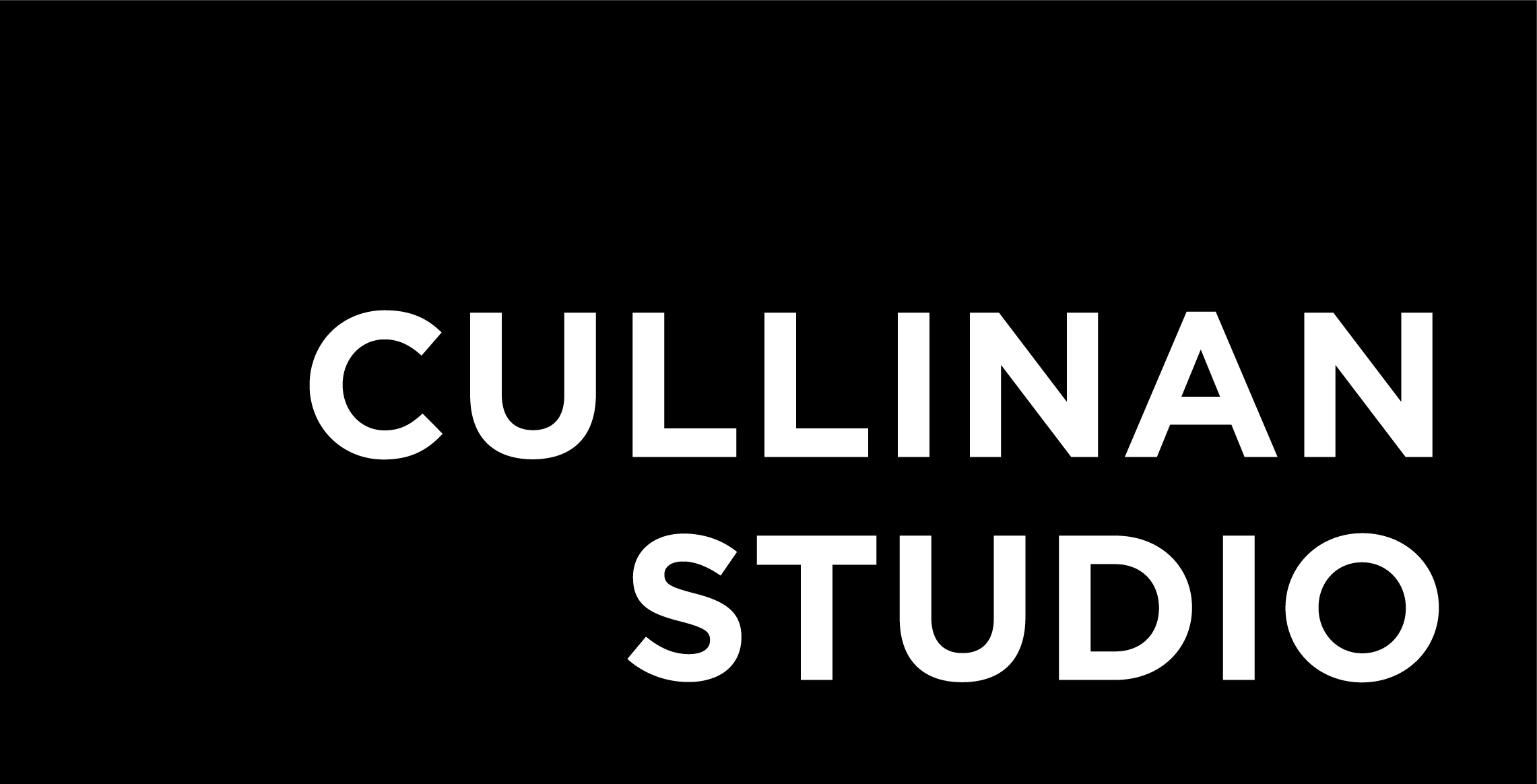CIRCULAR THINKING
Is this the push we need to kickstart a more circular economy?
15 JUNE 2021 BY RODDY LANGMUIR
The pandemic (and to an extent Brexit) has led to material shortages – our specifications are being rejected by contractors and late substitutions or delays are on the increase. What an opportunity this presents to kickstart a more circular economy, to make more of what we have, to think of waste as resource, and to use more locally supplied materials. For a long time we’ve known we should be building in more resilience to our built environment, and that we should be designing new buildings with end of life in mind, but often the industry needs a push to get such thinking moving into mainstream practice… is this the push?
At Cullinan Studio we try to keep what we can – to breathe life into old materials, and into existing buildings and places. As part of our net zero strategy we are thinking more of our designs and our buildings as libraries of materials, where materials are only on loan, and put together in a way that allows them to be deconstructed for re-use on future projects. A vital part of circular economy thinking is to involve the community in the design and benefit from their knowledge of how to reduce waste and use local resources. We like to find how local people, particularly young people, can get involved at all stages of projects.
There are many critical aspects of shifting towards a circular economy, but they nearly always combine to create places that look and feel better too. How much harder it is to harness social or cultural continuity if you don’t. If it ever was in the past, today, the dream commission can no longer be the project site as a tabula rasa, and the architect thinking in isolation.
Longevity is a key hallmark of sustainable design – and therefore a hallmark of the circular economy. To really last, buildings need a lot of thinking on their future flexibility, to be ‘loose fit’, and to be made with a robustness and quality that today is so often lacking from brief, design response, and realisation. Capital cost still trumps cost-in-use, and ‘cost’ itself is veiled with hidden subsidies that ignore environmental costs…. but this is all changing - as our knowledge and focus on environmental consequences expands across every profession and every walk of life. We’re beginning to see our role on all projects within the built environment as an interconnected part of larger ecosystems.
In case anyone is thinking that the drive for embodied and operational carbon targets defines the designers role as being led only by measurement, it’s worth a thought that most of the buildings that have survived multiple generations have done so because they are excellent in use AND loved. New uses have often been found for these buildings, and they are handed on because their designers had tapped into something that transcends measurement… finding a design response that resonates with people and place is at the very heart of our professional skills, and will always be valued.
One project we are working on that challenges many of these frontiers is a new shelter for precious mosaics within a UNESCO World Heritage Site. It must touch the earth lightly and allow for simple, non-intrusive fabrication, delivery and erection. It must be designed as a system that can be extended, adjusted or completely removed to suit archaeological requirements. It must create a better microclimate for visitors in hot summers and wild, windy winter days while controlling the impact of humidity, groundwater, UV and salt loaded air from degrading the mosaics… and it must inspire wonder in the minds of visitors at the art and craft laid down thousands of years ago.
Designing for the circular economy brings us a new and exciting brief for our design work that is better for people, place and planet. The fracture lines from Covid and Brexit might just have created the sort of receptive client base that will accelerate the adoption of circular thinking.


